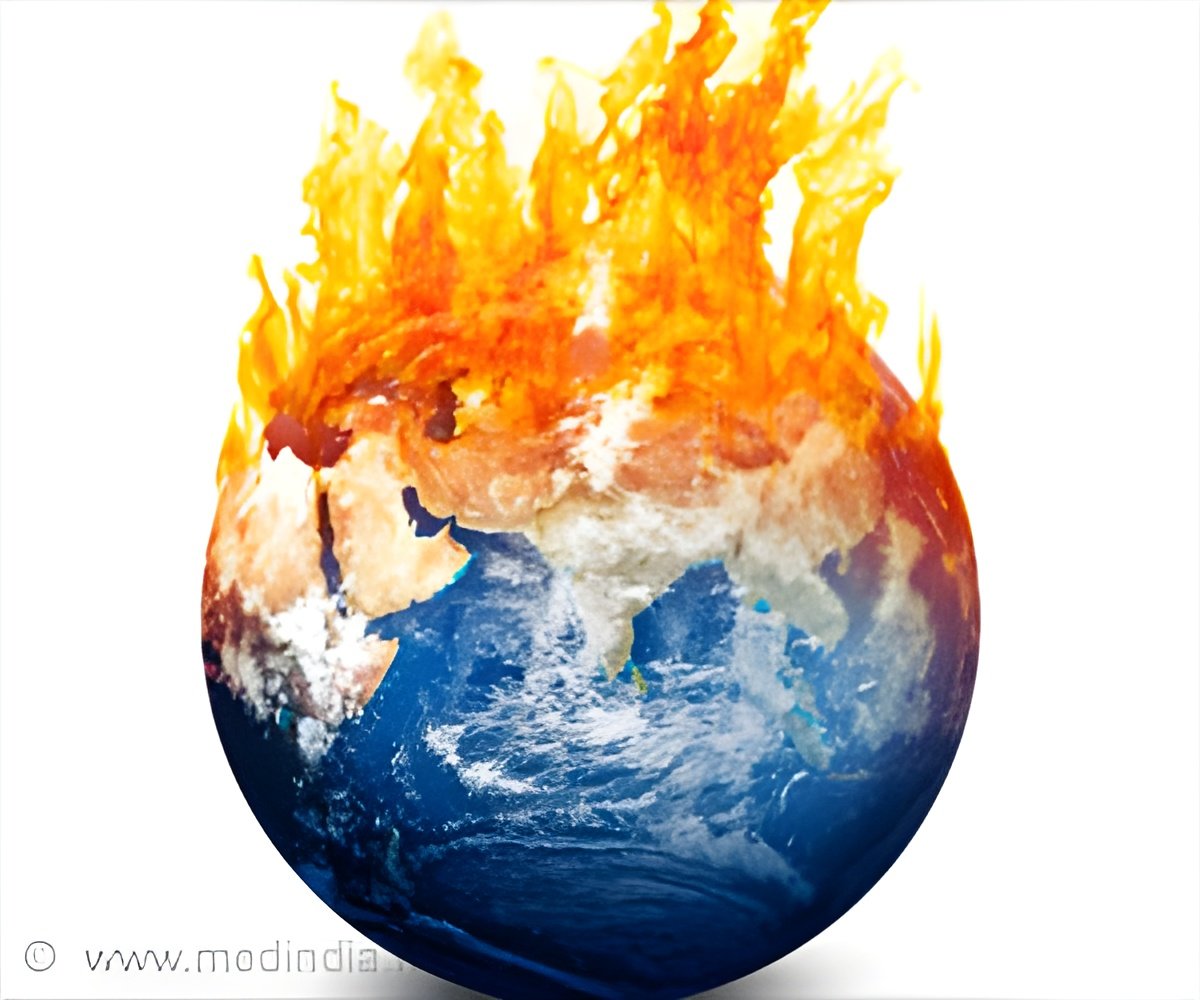A new analysis has revealed that limiting climate change to target levels will become much more difficult to achieve and more expensive, if action is not taken soon.

This study for the first time comprehensively quantifies the costs and risks of greenhouse gas emissions surpassing critical thresholds by 2020. The findings of the study are particularly important given the failure of the recent climate negotiations in Doha to decide to increase mitigation action before 2020.
The researchers revealed that the 2 degree C target could still be reached even if greenhouse gas emissions are not reduced before 2020, but only at very high cost, with higher climate risks, and under exceedingly optimistic assumptions about future technologies.
The more emissions are reduced in the near term, the more options will be available in the long run and, by extension, the cheaper it will be to reach international climate targets.
"We wanted to know what needs to be done by 2020 in order to be able to keep global warming below two degrees Celsius for the entire twenty-first century," said Joeri Rogelj, lead author of the paper and researcher at ETH Zurich.
The team of researchers analyzed a large array of potential scenarios for limiting global temperature rise to 2 degree C above preindustrial levels, a target set by international climate agreements.
For instance, nuclear power would need to remain on the table as a mitigation option, or people would need to quickly adopt advanced technology strategies, including electric vehicles and highly efficient energy end-use technologies such as appliances, buildings, and transportation.
According to the study, the only way to meet the long-term temperature target without carbon capture and storage is to ensure that emissions fall within this near-term range.
"Our analysis shows that we are very dependent on key technologies like carbon capture and storage and on land-consuming measures like afforestation and the cultivation of crops for biofuel production," said Rogelj.
"If we want to become less dependent on massive implementation of these technologies to make it below two degrees Celsius, we need to reduce emissions by 2020 and use energy more efficiently," he noted.
The new paper has been published in Nature Climate Change.
Source-ANI
 MEDINDIA
MEDINDIA




 Email
Email




